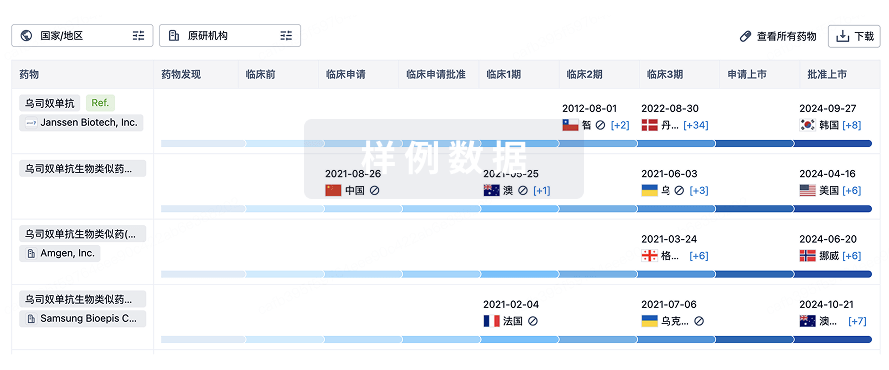BACKGROUNDBiliary tract cancer (BTC) represents a heterogeneous disease spectrum associated with an unfavorable prognosis. A combination of immunotherapy and chemotherapy has become a new standard strategy for advanced BTC. However, understanding the association between genomic alterations and outcomes of immunotherapy in BTC is crucial for further improving clinical benefits.METHODPatients with metastatic BTC were included in this study retrospectively, who received PD-1/PD-L1 (ICI) antibodies combined with chemotherapy. The primary endpoint was progression-free survival (PFS), and the secondary endpoints included overall response rate (ORR) and disease control rate (DCR). Additionally, we conducted exploratory analysis of genomic alterations and biomarkers.RESULTSNinety-one patients were enrolled in this study. The patients were divided into two groups: albumin paclitaxel + S1 (AS) + PD-1 (n = 56) group and GC + ICI (n = 35) group. There were no significant differences in terms of PFS, ORR, and DCR between the two groups. Regarding biomarker analysis, 44 patients had positive PD-L1 expression, with a mPFS of 4.8 months and an ORR of 15.9%. Surprisingly, 29 patients had negative PD-L1 expression, with a mPFS of 9.9 months and an ORR of 27.6%. The average tumor mutational burden (TMB) was 4.5 mutations per megabase (mut/MB) for patients with microsatellite-stable (MSS) tumors. There was no significant difference in PFS between patients with TMB high and low (cutoff = 4.5 mut/MB). Genomic analysis revealed TP53 (n = 13, 43.3%), KRAS (n = 8, 26.7%), NTRK1/2/3 (n = 8, 26.7%), isocitrate dehydrogenase (IDH) 1/2 (n = 6, 20.0%), PIK3CA (n = 6, 20.0%), BRCA2 (n = 5, 16.7%), MDM2/4 (n = 5, 16.7%), and BRAF (n = 4, 13.3%) as the most common gene alterations. MDM2/4 mutations were associated with shorter survival (p < 0.05).CONCLUSIONGC plus immunotherapy is still the standard of care for late stage BTC. PD-L1 expression and TMB were not good predictors for selecting patients who would benefit more from immunotherapy plus chemotherapy.







